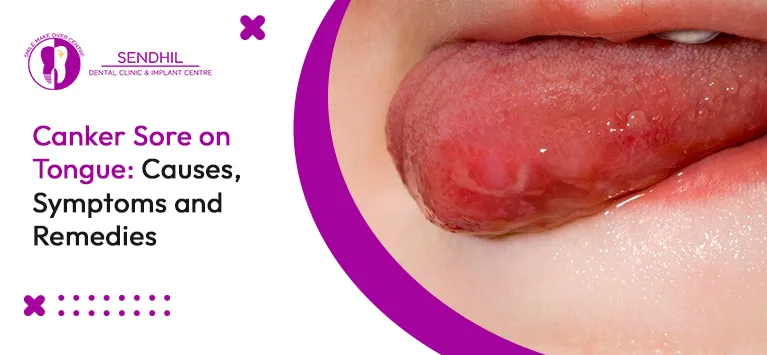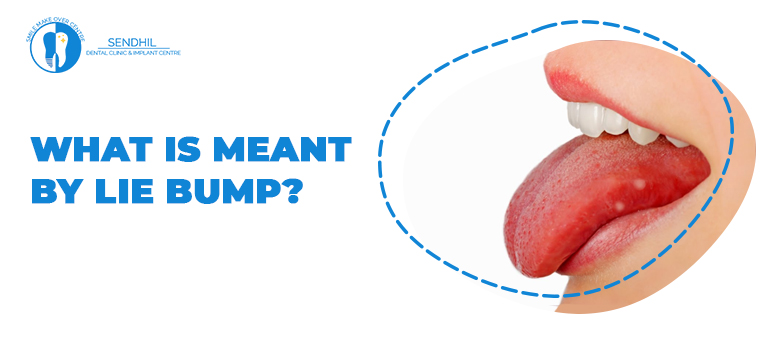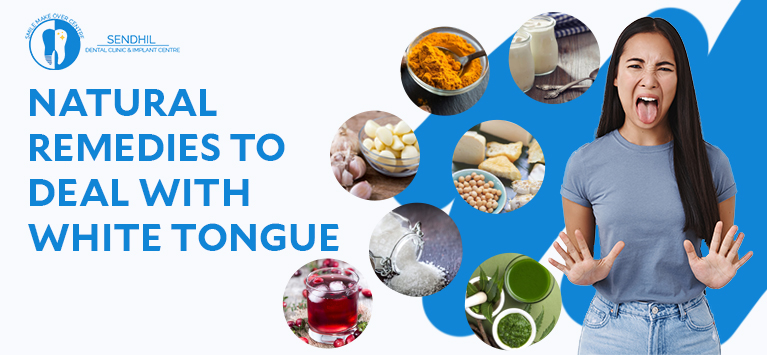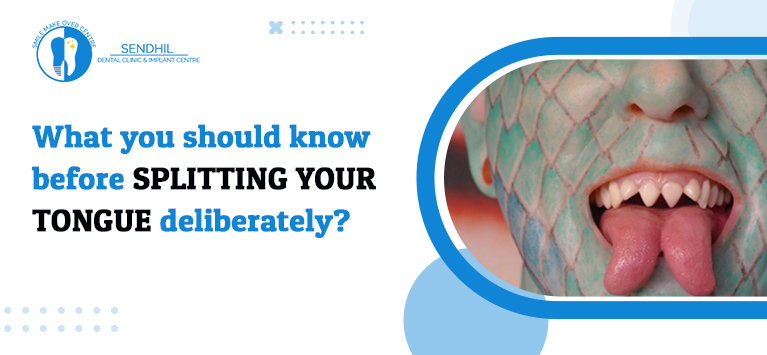
Why Is My Tongue White and How to Get Rid of White Tongue
A white coating on the tongue can look strange and even alarming. But in many cases, it’s not serious and can be treated easily at home. If you’ve ever asked, “Why is my tongue white?”—you’re not alone. This is a common concern and usually points to a buildup of bacteria, dead cells, or a mild infection. In this blog, we’ll explain the white tongue meaning, explore possible causes, review white tongue pictures for clarity, and guide you through how to get rid of white tongue and how to get rid of white tongue permanently using natural methods and medical advice.
Table of Contents
What Does a White Tongue Mean?
White tongue meaning refers to the presence of a white or grayish coating on the surface of your tongue. This occurs when the tiny bumps (papillae) on your tongue become swollen and trap bacteria, food particles, and dead cells.
Common Symptoms:
- Coated or fuzzy-looking tongue
- Bad breath (halitosis)
- Dry or sticky feeling in the mouth
- Changes in taste or reduced taste sensation
- Mild burning or irritation in some cases
White tongue is usually harmless but can also signal an underlying issue if persistent.
What Causes White Tongue?
Understanding what causes white tongue is key to treating it effectively. Here are the most common causes:
- Poor oral hygiene: Failing to brush your teeth and tongue regularly allows buildup.
- Dry mouth or dehydration: Less saliva means your tongue isn’t naturally cleaned.
- Smoking or chewing tobacco: Irritates the tongue and traps debris.
- Oral thrush: A fungal infection from Candida yeast, common in people with weak immune systems or after antibiotics.
- Leukoplakia: White patches that don’t scrape off; can be a warning sign for oral cancer.
- Lichen planus: Causes white lacy patches in the mouth due to inflammation.
- Geographic tongue: Red patches surrounded by white borders that move around the tongue.
- Medications: Especially antibiotics or corticosteroids that disrupt mouth flora.
Stat Fact: Around 30% of white tongue cases are linked to poor oral hygiene, while oral thrush accounts for 20%.
White Spots on Tongue Pictures: What Do They Indicate?
White spots on tongue pictures show various patterns—patchy, dotted, or widespread. These spots can indicate:
- Oral thrush (creamy white lesions that wipe away)
- Leukoplakia (hard, raised white areas that don’t wipe off)
- Mouth irritation from braces or dentures
If you’re comparing white tongue pictures and notice patches that last more than two weeks or get worse, it’s best to consult a dentist.
How to Get Rid of White Tongue
Wondering how to get rid of white tongue? Start with these safe and proven steps:
A. Practice Good Oral Hygiene
- Brush your teeth and your tongue twice daily.
- Use a tongue scraper to gently clean the surface.
- Rinse with an antibacterial or chlorhexidine mouthwash.
B. Keep Yourself Hydrated
- Drink at least 8-10 glasses (2.5–3 liters) of water every day.
- Avoid excessive coffee, tea, or alcohol, which can cause dry mouth.
C. Avoid Smoking and Tobacco
- Quit smoking to reduce irritation and support healing.
D. Treat Infections or Conditions
- Use antifungal medications if oral thrush is diagnosed.
- Visit your dentist for proper evaluation if you suspect leukoplakia or lichen planus.
How to Get Rid of White Tongue Permanently
To know how to get rid of white tongue permanently, focus on consistency:
- Clean your tongue daily with a brush or scraper.
- Eat fiber-rich and immune-boosting foods like fruits and vegetables.
- Reduce sugar, which feeds harmful bacteria and fungi.
- Stay hydrated throughout the day.
- Visit the dentist regularly every 6 months to monitor oral health.
These habits not only remove existing buildup but prevent future recurrence.
Home Remedies to Remove White on Tongue
Want to treat white on tongue naturally? Try these effective home remedies:
1. Salt Water Rinse
Salt acts as an antiseptic and helps remove debris. Mix 1 tsp of salt in warm water and swish for 30 seconds, twice a day.
2. Baking Soda Paste
Baking soda reduces acidity and helps remove buildup. Make a paste with water and gently brush your tongue.
3. Oil Pulling
Swishing coconut oil in your mouth for 10–15 minutes helps draw out bacteria and promote oral detoxification.
4. Aloe Vera Juice
Aloe has antimicrobial and soothing properties. Swish 1 tbsp of aloe vera juice in your mouth for a few minutes, then spit.
5. Probiotic Yogurt
Probiotics balance the natural bacteria in your mouth. Choose unsweetened, live-culture yogurt for best results.
When to See a Doctor?
Consult a healthcare provider if:
- White patches persist for more than 2 weeks
- The surface becomes painful, bleeds, or cracks
- You have underlying health issues or are immunocompromised
- You’re unsure if it’s oral thrush, leukoplakia, or something else
White Tongue Pictures: What to Look For
When viewing white tongue pictures, note the texture, location, and whether it scrapes off. A fuzzy white film is often harmless, while firm patches may need evaluation. Pictures can help you track changes over time. If your tongue remains coated or worsens, seek medical guidance.
Prevention Tips
- Brush your tongue every time you brush your teeth
- Stay hydrated with plain water throughout the day
- Avoid tobacco, alcohol, and sugary foods
- Eat more fruits and vegetables that support immunity
- Replace your toothbrush regularly
- Schedule routine dental cleanings
Conclusion
A white tongue might look worrying, but it’s usually not serious. Most people can improve the condition by staying hydrated, maintaining oral hygiene, and trying simple home remedies. Still, some causes like thrush or leukoplakia may need medical care. If you’re wondering “Why is my tongue white?”—this guide provides a complete understanding.
Summary:
- A white tongue often results from harmless buildup but sometimes signals an issue.
- Daily care and hydration are key to prevention.
- Consult a doctor if white coating persists for more than two weeks.


















